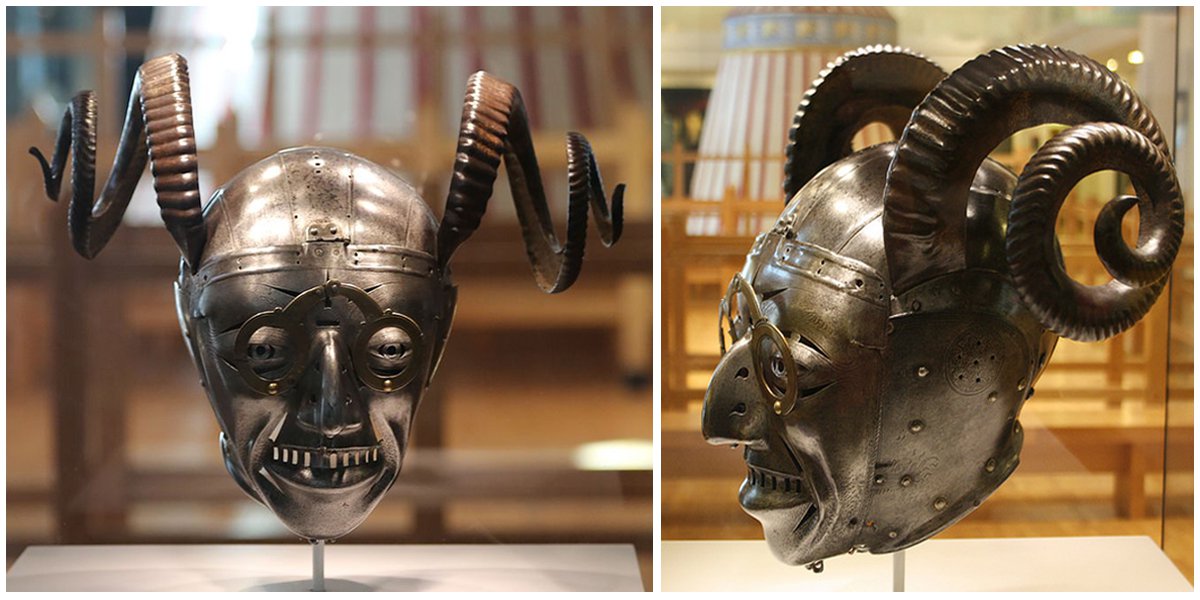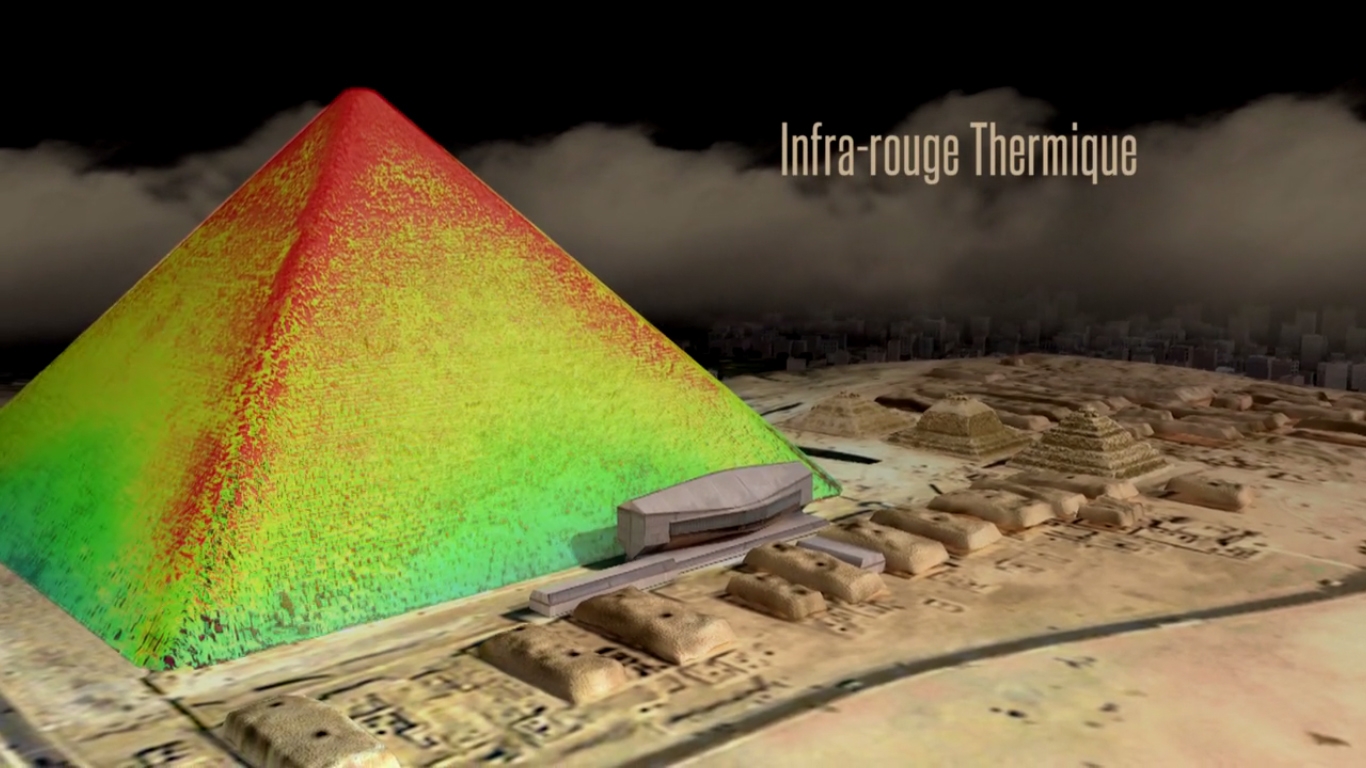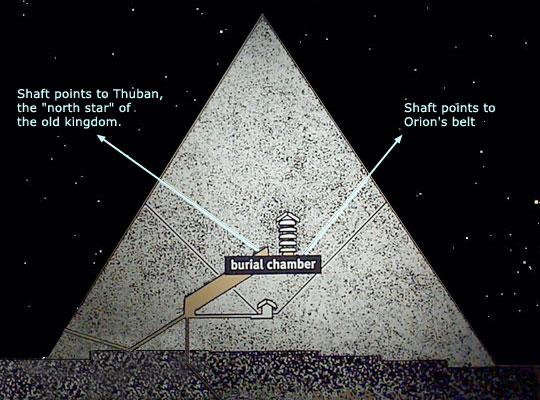Our Moon is a Hollow Artificial Satellite
/By Leonardo Vintini, Epoch Times
We've come to rely on our only natural satellite, which ceaselessly orbits our planet every 28 days. Yet when we begin to analyze the physical qualities of our familiar neighbor, many details suggest that the moon might not be that natural at all.
‘Is the Moon a hollowed-out spaceship sent to orbit our earth in the remote prehistoric past?’ —Don Wilson, “Our Mysterious Spaceship Moon”
The moon is the most dominant feature in our night sky, inspiring both wonder and myth since antiquity. While the past few decades have offered new understanding about many lunar mysteries, a great number of unanswered questions still surround our only natural satellite. We’ve come to rely on this white planetoid, which ceaselessly orbits our planet every 28 days, as an important part of our natural world. Yet when we begin to analyze the physical qualities of our familiar neighbor, many details suggest that the moon might not be that natural at all.
A manufactured moon?! Where did this absurd theory originate? First posited in the 1960s by Russian scientists Mijail Vasin and Alexander Sherbakov—and later endorsed by investigators and colleagues intrigued by this hypothesis—the idea contains eight postulate principles analyzing some of the most curious characteristics of our lunar companion. Below is a brief summary of these observations.
First Lunar Mystery: Large Satellite, Small Planet
Compared to other planets in our solar system, both the orbit path and size of our moon turns out to be a fairly considerable anomaly. Other planets, of course, have moons too. But with their weaker gravitational influence, the smaller planets —like Mercury and Venus—do not. Similarly sized Earth, on the other hand, carries a moon one-quarter its size. Compare this with the immense Jupiter or Saturn, which have several comparatively tiny satellites (Jupiter’s moons measure about 1/80th the size of the large planet), and our moon seems to be a rather rare cosmic occurrence.
Another interesting detail is the moon’s distance from Earth—close enough so that it appears equal in size to our sun. This curious coincidence is most apparent during total solar eclipses, where the moon completely covers our closest star.
Finally, with a nearly perfect circular orbit, the moon does not behave like other satellites that tend toward a more elliptical path.
Second Lunar Mystery: Unlikely Curvature
The gravitational center of the moon is nearly 6,000 feet closer to Earth than its geometric center. With such a significant discrepancy, scientists remain unable to explain how the moon manages to maintain its nearly perfect circular orbit without wobbling.
Third Lunar Mystery: Craters
Think of photos illustrating the surface of the moon and you’re sure to imagine a world marked with craters. The vast majority of spatial bodies hurling toward Earth’s surface are either completely dissolved or significantly diminished due to several miles of our protective atmosphere. Without such an atmosphere, the moon does not appear to fare as well. Yet when you consider that the depths of these craters are remarkably shallow in comparison to their circumference, it suggests that the moon possesses an extremely resistant material that prevents deeper penetration. Even craters over 180 miles in diameter do not go deeper than 4 miles. If the moon were merely a homogeneous hunk of rock, it is estimated that there should exist craters of at least four to five times as deep.
Vasin and Sherbakov proposed that the lunar crust was perhaps made of a titanium frame. In fact, it has been verified that the lunar crust possesses an extraordinary level of titanium. The layer of titanium estimated by the Soviet team is nearly 20 miles thick.
Fourth Lunar Mystery: Lunar Oceans
How did the so-called lunar oceans form? These gigantic extensions are believed to be hardened lava said to have come from the moon’s interior due to an impacting meteorite. While this theory can be easily explained with regard to a warm planet having a molten interior, many say that the moon is more likely to have always been a cold body.
Fifth Lunar Mystery: Gravitational Inconsistency
The gravitational attraction of the moon is not uniform. The crew onboard Apollo VIII noticed their craft taking abrupt dips when flying near the satellite’s ocean areas. At these sites, gravity seems to mysteriously exhibit a greater influence.
Sixth Lunar Mystery: Geographical Asymmetry
On the moon’s far side (the side that can’t be seen from Earth), we have found many craters, mountains, and geographical upheaval. Yet the side facing Earth is where we find the great majority of the satellite’s oceans. Why are 80 percent of the lunar oceans found only on one side of the moon?
Seventh Lunar Mystery: Low Density
Our moon’s density is found to be about 60 percent of Earth’s density. Various studies demonstrate what many consider its inevitable hollowness. In his 1982 book Moongate: Suppressed Findings of the U.S. Space Program, nuclear engineer and researcher William L. Brian II writes that evidence provided by Apollo seismic experiments suggest that “the moon is hollow and relatively rigid.” Furthermore, several scientists have been so bold as to postulate that such hollowness is artificial. In fact, according to the position of the superficial layers that have managed to be identified, scientists have declared that the moon appears to be a planet that was formed “in reverse,” which some cite as another argument for the artificial construction hypothesis.
Eighth Lunar Mystery: Other Origin Theories
Over the past century, there have been three main theories imagining the moon’s origins. One proposed that the moon was actually a part of the Earth that had broken away. Another theory believed the moon had been formed at the same time as Earth, emerging from the same cloud of primordial nebula. These hypotheses, however, fail to address the incredible differences found in the nature of both bodies. The third theory proposes that during its wandering through space, the moon was attracted to Earth and captured in its orbit. The problems with this theory lie in the explanations above: the moon’s almost perfectly circular and cyclical orbit and its comparatively large size. In cases where a satellite is captured by a planet, a more eccentric orbit would be expected—or at least something elliptical. Another problem with all three theories is their inability to justify the high angular momentum between the moon and Earth.
A fourth explanation, detailed in this article, is perhaps the most incredible of all. However, it could explain various anomalies that the moon presents since a satellite constructed by intelligent beings is not subject to the same considerations one would expect with bodies created in a random process billions of years ago. In fact, many scientists have accepted this theory as one no less valid than the others.
“When I first stumbled across the shocking Soviet theory revealing the true nature of the moon, I was staggered. At first, I found it unbelievable and naturally rejected it. Then, as scientific information from our Apollo expeditions brought back more and more facts that backed the Soviet theory, I found myself forced to accept it,” writes Don Wilson in the prologue to his book exploring the artificial satellite theory, Our Mysterious Spaceship Moon.
If the moon were indeed artificial, what was its purpose and who built it? Was it simply made to shine a light in the night sky, or were there other design considerations? Its field is found to affect our tides, women’s menstrual cycles, and some believe that a full moon can even affect our mental state. Having become an integral part of life on Earth, it’s hard to imagine our world without the moon. But perhaps mankind once knew such a moonless age.




























